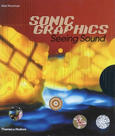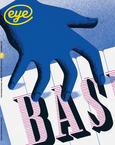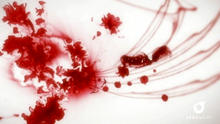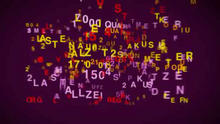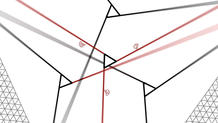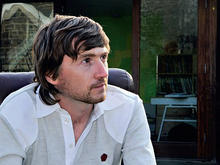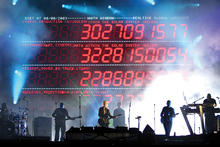Sehsucht
was founded in 2000 by a bunch of hungry design addicts and has come to leave its mark as a top-notch quality label in the field of animations and graphics.
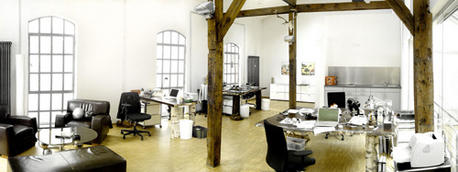
In the heart of Hamburg's Karolinenquarter – home of advertising agencies, creatives and artists – Sehsucht has also its home. The first impression you have by entering the hall are: light rooms and no commotion. In this atmosphere 30 creatives riding on disciplines like motion graphics and 3-D animation concepting and converting ideas to life. Proof for doing it good are several awards such as a Gold Lion in Cannes.
Source: Mographwiki
Founded in 2000 by a bunch of hungry design addicts, Sehsucht has come to leave its mark as a top-notch quality label in the field of animations and graphics.
With the same untiring drive and excitement as back in the early days, we direct and produce cutting-edge digital content for our clients from the creative industries.We count more than 30 design-obsessed individuals that are united in their aspiration to further push the boundaries of storytelling by deploying narrative concepts that deliberately blend commerce with art.
Source: Sehsucht's Website
